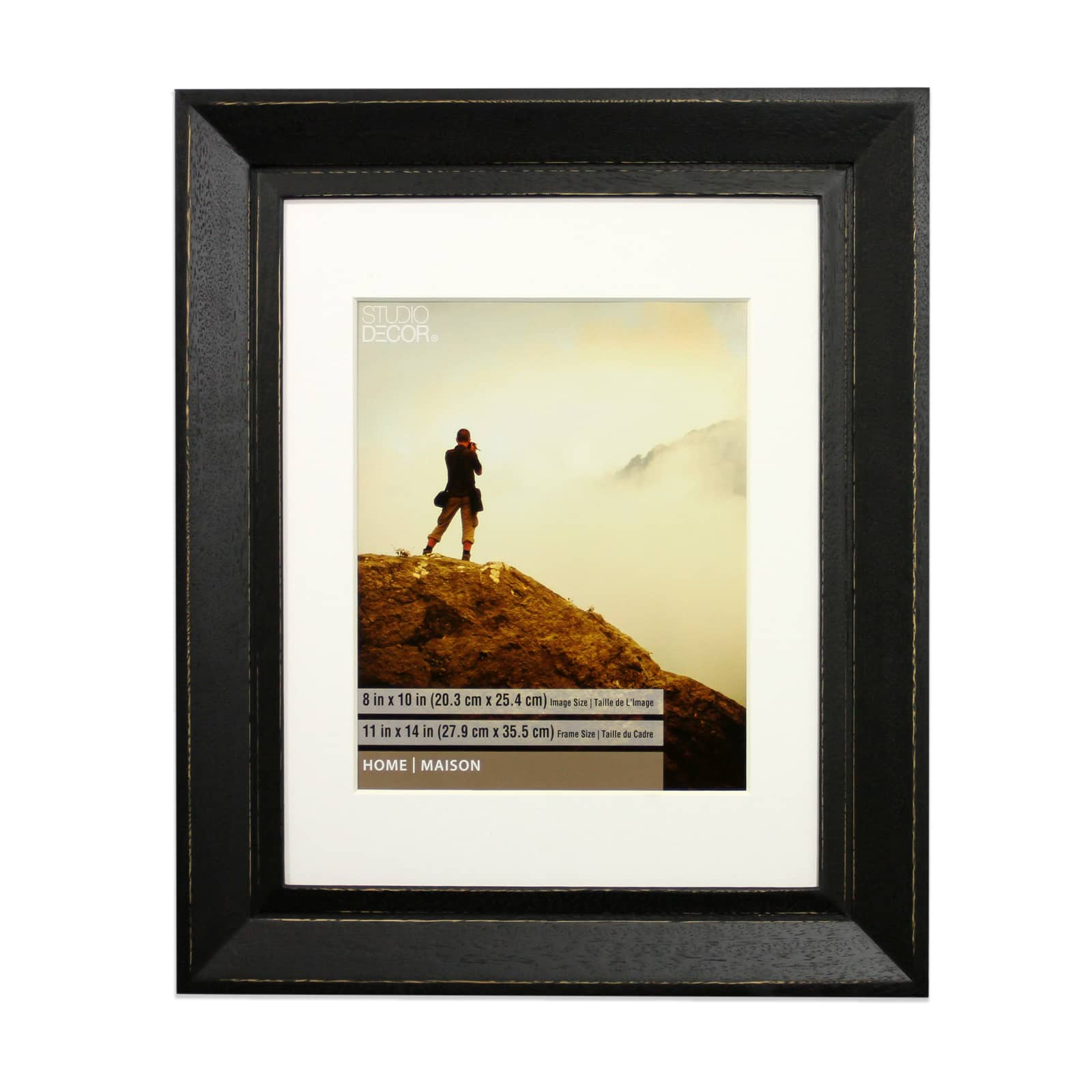

This will make the red background extend 1/8" on every side of the page. Bleeds ensure you get the results you need (see an example).įor example, if you have designed a standard 3.5" x 2" business card with a red background covering the whole area, you will need to enlarge that red background to 3.75" x 2.25". If you do not allow for a 1/8 of an inch bleed, any misalignment while cutting will result with the artwork not running to the edge of the paper. On a press, the artwork is printed on a large sheet of paper and then trimmed down to size. Hope this helps! Still have questions, contact us and we'll be glad to answer any additional questions you may have.Bleeds allow you to run artwork to the edge of a page.

Heavier paper grades are also referred to as "cardstock".As a rule of thumb, the heavier a paper is, the thicker it is.Each category of paper has a unique “basis weight”.If 500 sheets of a standard sheet in a category weights 100 lbs., then the paper weight / basis weight of that type of paper will be 100 lb.Paper weight, also known as BASIS WEIGHT is measured in pounds per 500 sheets within it's category.Each category has a different "standard sheet" size known as FOLIO or "parent sheet".Paper comes in many types or categories, here are a few:īond, Book, Text, Index, Bristol, and Cover.GSM is a better measurement of a paper's weight.The TYPE of paper is a key element when using LBS.LBS alone do not adequately convey the weight of paper.Paper weight is measured in LBS (pounds) and GSM (grams per square meter).

"cover" cardstock? Paper math is confusing, so we will skip the math and summarize as follows: "text" paper lighter and thinner than 65 lb. Are you finding paper weights to be confusing? Why is 80 lb.


 0 kommentar(er)
0 kommentar(er)
